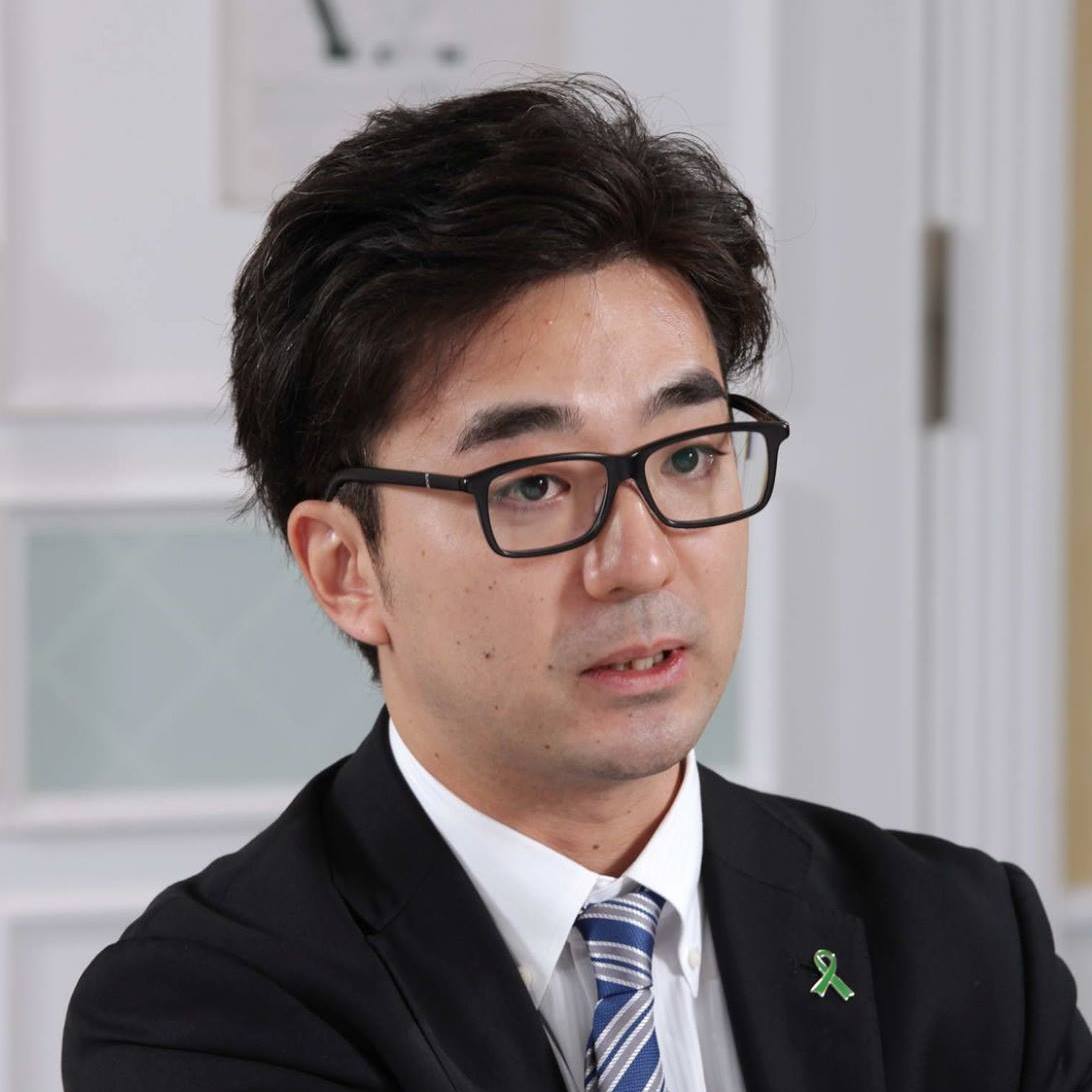
Two year outcomes of low-dose vs very low-dose extended-release tacrolimus / mycophenolate mofetil in de novo kidney transplantation: A multi-center randomized controlled trial
Shigeyoshi Yamanaga1, Yuji Hidaka1, Yoshihiko Watarai2, Mariko Toyoda3, Chiaki Kawabata3, Toshihide Tomosugi2, Kenta Futamura4, Manabu Okada2, Makoto Tsujita4, Takahisa Hiramitsu2, Norihiko Goto4, Shunji Narumi2, Takaaki Kobayashi5.
1Surgery, Japanese red cross kumamoto hospital, Kumamoto, Japan; 2Transplant surgery, Japanese red cross nagoya daini hospital, Nagoya, Japan; 3Nephrology, Japanese red cross kumamoto hospital, Kumamoto, Japan; 4Transplant nephrology, Japanese red cross nadoya daini hospital, Nagoya, Japan; 5Renal transplant surgery, Aichi medical university, Nagakute, Japan
Background: Once-daily tacrolimus extended-release formulation (TACER) has now been widely accepted in kidney transplant field. However, the optimal dosage for TACER is still not known.
Methods: In this multi-center, randomized controlled trial, 62 living-donor kidney transplant recipients were assigned to 2 groups; low-dose (LD) group (n=32): target tacrolimus level for estimated area under curve (eAUC) 0-24 was set for 250ng•hr/ml during the first 1 months, then reduced to 200ng•hr/ml 3 months after transplantation, and very low-dose (VLD) group (n=30): initial target eAUC0-24 was 200ng•hr/ml and 150ng•hr/ml thereafter. All patients received basiliximab induction, mycophenolate mofetil (MMF) and corticosteroid. MMF was started with 1250mg BID and reduced to 750mg BID at 2 weeks after transplant, and adjusted to achieve eAUC0-12 at 30-60μg•hr/L. The primary outcomes were acute rejection, graft/patient survivals, and cytomegalovirus infection.
Results: One-year graft and patient survival rates were 100% in both groups, and acute rejections were 0% in LD group and 10.0% in VLD group (p=0.11). Mean estimated glomerular filtration rates at 1 year were similar among the two groups (LD:50.9±13.3ml/min/1.73m2 and VLD:51.6±12.6ml/min/1.73m2, p=0.81). The incidences of CMV infection were lower in VLD group (LD 12.5% and VLD 6.7%, p=0.37). Calcineurin inhibitor toxicity found on protocol biopsy was observed more in VLD group at 1 month, but similar at 1 year (1 month: LD 6.3% vs VLD 17.2%, p=0.17; 1 year: LD 10.0% vs VLD 11.5%, p=0.59). Actual mean tacrolimus trough and eAUC0-24 levels at 1 month & 1 year were as follows; LD: 5.6±1.7 & 5.0±0.9ng/ml, 240.8±43.1 & 206.5±27.2ng•hr/ml, and VLD: 4.8±1.2 & 3.4±0.9ng/ml, 211.7±37.2 & 149.9±40.8ng•hr/ml. De novo donor specific antibody (dnDSA) was detected 0% in LD group and 13.3% in VLD group (p=0.035). There were significant differences in tacrolimus trough level and eAUC in 1, 3, 6 months and 1 year after transplantation (p<0.05).
Conclusions: The very low-dose TACER regimen under eAUC monitoring showed similar acute rejection, graft and patient survivals to low-dose after kidney transplantation but increased incidence of dnDSA at 2 years after living-donor kidney transplantation.
There are no comments yet...
